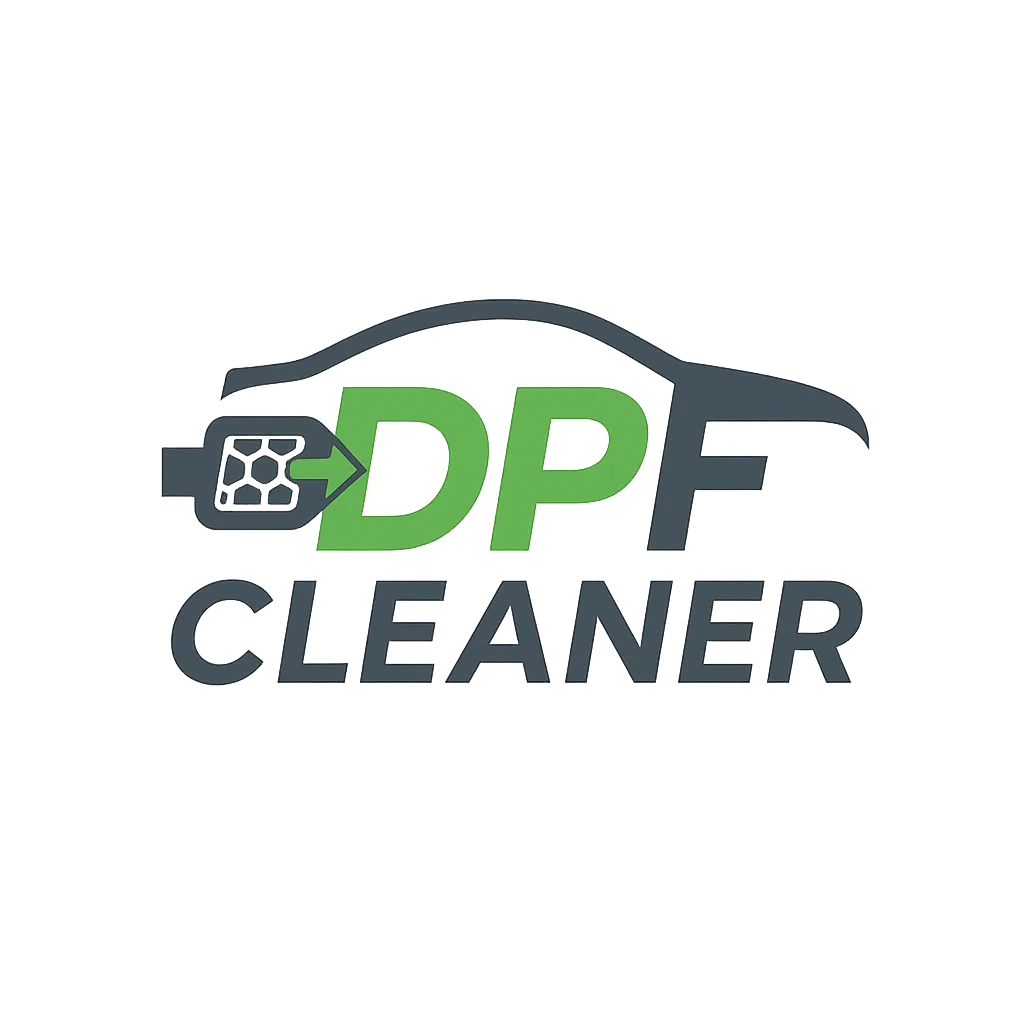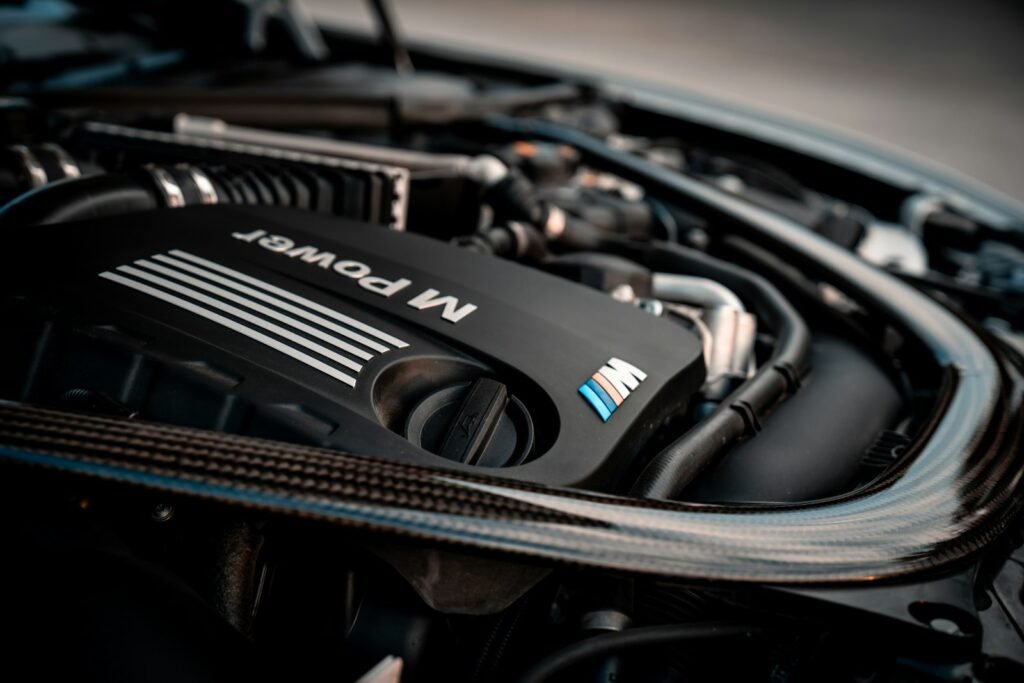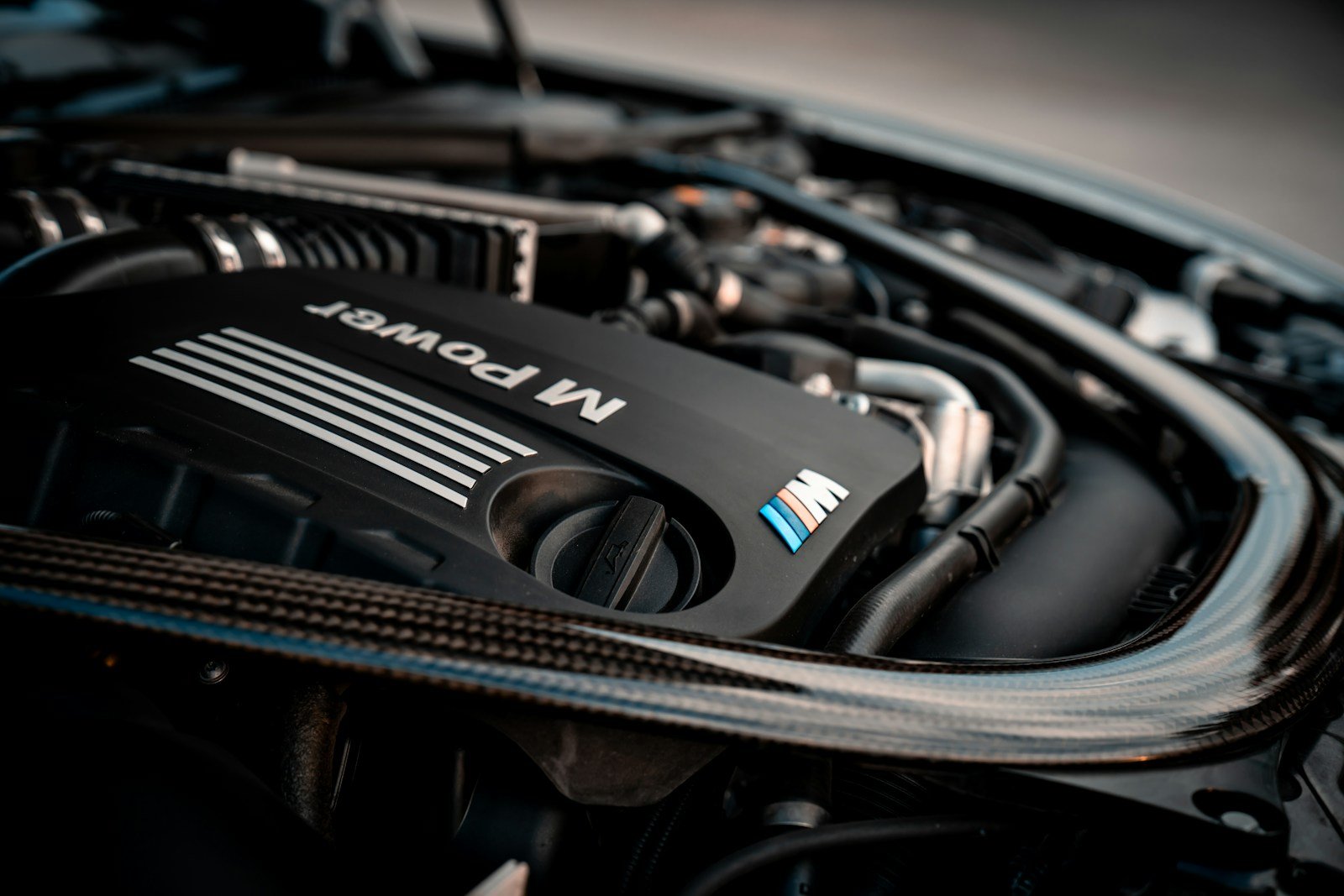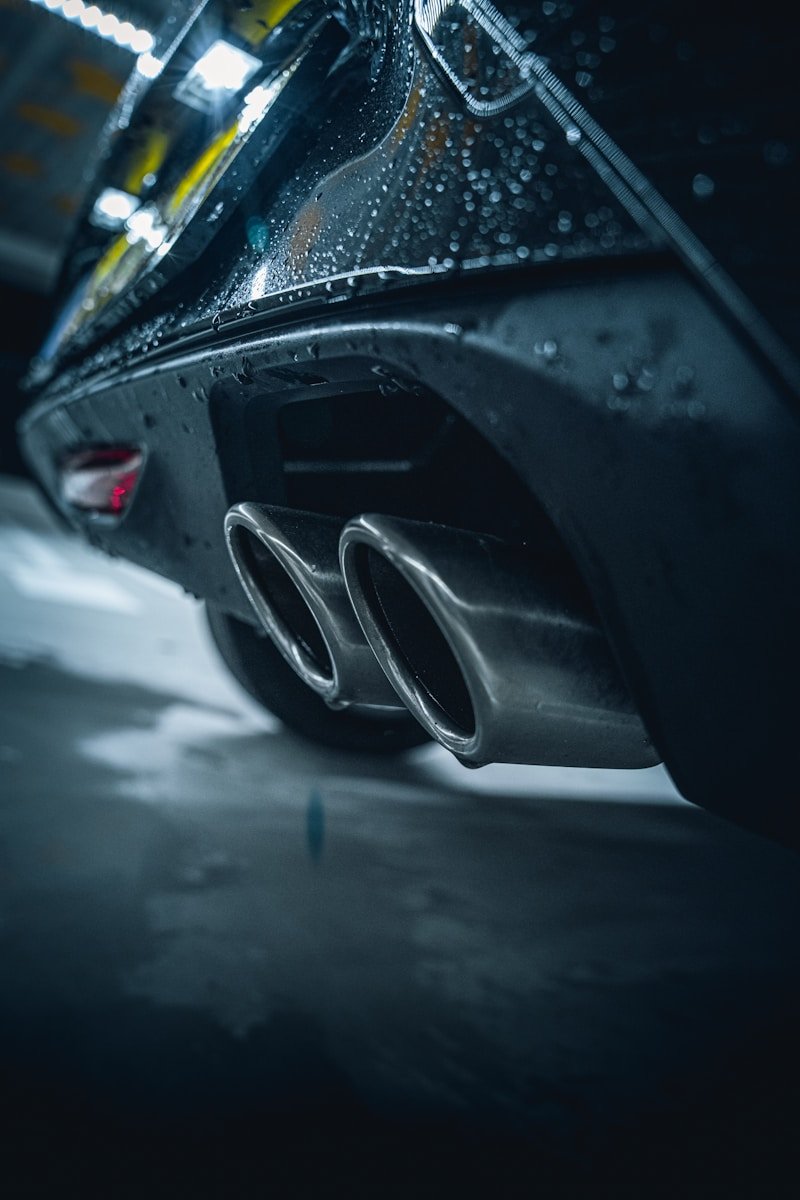Every shop shelf has them — bottles claiming to clean your DPF just by pouring them into your fuel tank. But do DPF cleaning additives actually work, or are they just marketing hype? Let’s break it down and show when they help and when they don’t.
1. What DPF Additives Claim to Do
Most fuel or DPF additives promise to reduce soot and help regeneration happen at lower exhaust temperatures. They’re marketed as a “quick fix” for warning lights or reduced performance. Some products even claim to “clean a blocked DPF without removal.”
In reality, these additives can only work in certain situations — and often not as dramatically as the label suggests.
2. When Additives Can Help
DPF additives can be useful as a preventative measure or mild cleaner if your filter isn’t fully blocked. They may help when:
- The car is driven mostly on short trips, and you want to aid passive regens.
- You’ve noticed early DPF light flickering but the car still drives normally.
- Used just before a longer motorway run to boost exhaust temperature and improve soot burn-off.
Used occasionally with correct driving conditions, additives can support natural regeneration. But they won’t clear heavy soot or ash buildup.
3. When Additives Don’t Work
Once a DPF is blocked beyond about 70%, fuel additives won’t make a difference. They can’t dissolve soot deep inside the substrate, and they certainly can’t remove ash — the solid residue left after thousands of regens. That needs professional cleaning equipment.
We often see cars arrive at our Stoke-on-Trent garage after owners have tried two or three bottles of additive with no improvement. The truth is simple: if your warning light’s on and power is down, additives won’t fix it.
4. Additive Risks & Common Myths
Most fuel-based additives are safe when used correctly, but using too much or mixing brands can cause new issues:
- Excess chemicals may foul sensors and oxygen (O₂) sensors, causing false readings.
- Catalyst contamination can affect regeneration timing and increase back-pressure.
- Some cheap products use high-metal content that builds up as ash inside the DPF.
If you’ve already got error codes, additives may delay proper diagnosis. It’s always better to read fault data first, then decide if a product is worth trying.
5. Real-World Results: Additives vs. Professional Cleaning
We compared a vehicle treated with an additive against a proper off-car DPF refurbishment. The results were clear:
| Method | Before Cleaning | After Cleaning |
|---|---|---|
| Fuel Additive Only | Flow rate: 62% | Flow rate: 65% (minimal improvement) |
| Professional Off-Car Clean | Flow rate: 58% | Flow rate: 98% (fully restored) |
As the data shows, only a proper flush and dry cycle can return a blocked filter to near-new flow. Additives simply can’t deliver that kind of result.
6. The Right Way to Maintain a DPF
If you like the idea of prevention, additives can still play a role — just not as a fix-all. Combine them with the right habits:
- Use low-ash oil to reduce residue that cleaning can’t remove later.
- Take a 15–20 minute drive above 40 mph weekly to trigger regeneration.
- Check for stored engine faults before adding any fuel treatments.
And if your DPF is already showing symptoms like limp mode or long cranking, skip the bottle and go straight for a postal DPF clean or an in-garage on-car service.
7. DIY Additive vs. Professional Cleaning – Quick Comparison
- Additives: Low cost (£10–£20), minimal risk if used correctly, minor improvements for mild soot loads only.
- Professional DPF Cleaning: Fixed price (£200), guarantee (Terms & Conditions Apply)d result, tested and flow-proven.
If you want to see what proper cleaning looks like, check out our before-and-after flow testing process.
FAQs
Can fuel additives fix a fully blocked DPF?
No. They can help with light soot, but not heavy clogging or ash. Once performance drops or the light stays on, only professional cleaning works.
Will additives harm my DPF or sensors?
Most branded additives are safe in correct doses, but overuse or poor-quality products can contaminate sensors or increase ash buildup.
Can I use additives after cleaning?
Yes — as prevention. After a professional clean, additives may help maintain flow between services.
Final Verdict
Additives have a small role in DPF maintenance but not in real cleaning. If your warning light’s on, skip the DIY fixes. A garage DPF clean or postal service delivers guarantee (Terms & Conditions Apply)d results with proof of flow.
Book a Proven DPF Clean
Blocked DPF? We offer on-car cleaning (£200 fixed) and full off-car refurb cleaning with before/after testing. Drop your vehicle at our Hanley garage or send your filter for our UK-wide postal clean today.




